Buy the photo Magdeburg - Frog Fountain in the Klosterberge Garden by t.ART on canvas, ArtFrame, poster and wallpaper, printed on demand in high quality.
About "Magdeburg - Frog Fountain in the Klosterberge Garden"
by t.ART
About the artwork
The Klosterbergegarten is a park in the Buckau district and was the first public garden in Germany. The park is located on the western bank of the Elbe and extends over 11 hectares. The park owes its name to the Berge Monastery, which was located on this site from the 10th century until the beginning of the 19th century. The monastery was destroyed by French troops and so the city of Magdeburg acquired the site outside the city gates in 1824. The mayor at the time, August Wilhelm Francke, had a public garden laid out at the suggestion of Commander von Haake. Construction began in 1825. In the same year, Friedrich Wilhelm III visited the park, whereupon it was named Friedrich-Wilhelms-Garten in 1826. In 1828, construction began on the Gesellschaftshaus, which was completed in 1829. In the course of the industrialisation of Germany, a considerable part of the park had to give way to railway lines and roads, so that only 11 hectares of the original 33 hectares remained. In 1896, the park gained another landmark with the completion of the Gruson greenhouses. In 1921, the Friedrich-Wilhelms-Garten was renamed the Klosterbergegarten. In 1922, the painter Wilhelm Höpfner designed the Schinkel Hall of the Gesellschaftshaus in the Expressionist style, and in 1924 the staircase (where the frog fountain is also located) connecting the Klosterbergegarten with the newly created Südbrückenzug was built.

About t.ART
Hello - I am a photographer from Germany.
Here I show travel and nature photographs: photos from Germany, Europe and distant countries - flowers, animals, landscapes and much more...
Have fun browsing my albums!..
Read more…
 Netherlands
Netherlands Ordered in May 2020
Ordered in May 2020
 Netherlands
Netherlands Ordered in August 2024
Ordered in August 2024
 Germany
Germany Ordered in January 2024
Ordered in January 2024
 Netherlands
Netherlands Ordered in April 2022
Ordered in April 2022
 Germany
Germany Ordered in November 2020
Ordered in November 2020
 Netherlands
Netherlands Ordered in December 2019
Ordered in December 2019
 Germany
Germany Ordered in February 2025
Ordered in February 2025
 Germany
Germany Ordered in November 2020
Ordered in November 2020
 Netherlands
Netherlands Ordered in September 2017
Ordered in September 2017
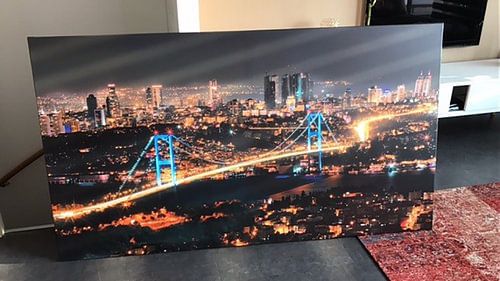
 Germany
Germany Ordered in November 2019
Ordered in November 2019
 Netherlands
Netherlands Ordered in June 2024
Ordered in June 2024
 Germany
Germany Ordered in July 2019
Ordered in July 2019
About the material
ArtFrame™
Interchangeable Art Prints
- High-quality print
- Easily interchangeable
- Acoustic function
- Large sizes available
Discover the artworks of t.ART
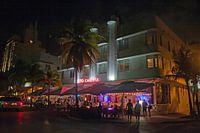 Miami Beach - Ocean Drivet.ART
Miami Beach - Ocean Drivet.ART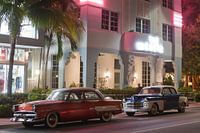 Miami Beach - Oldtimer in the Art Deco Quartert.ART
Miami Beach - Oldtimer in the Art Deco Quartert.ART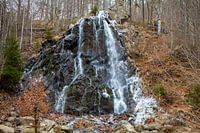 The Radau Waterfall near Bad Harzburg (Lower Saxony)t.ART
The Radau Waterfall near Bad Harzburg (Lower Saxony)t.ART Fishing boats in Halong Bay (Vietnam)t.ART
Fishing boats in Halong Bay (Vietnam)t.ART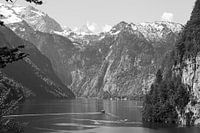 Boat trip on the Königssee in Berchtesgadener Land (black and white)t.ART
Boat trip on the Königssee in Berchtesgadener Land (black and white)t.ART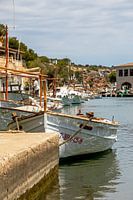 Mallorca - fishing boats in Cala Figuerat.ART
Mallorca - fishing boats in Cala Figuerat.ART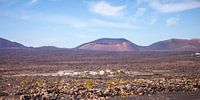 Lanzarote volcano landscapet.ART
Lanzarote volcano landscapet.ART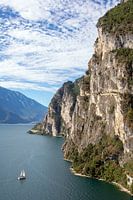 Lake Garda - Lago di Gardat.ART
Lake Garda - Lago di Gardat.ART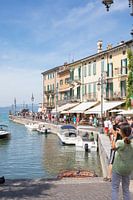 Port of Lazise (Lake Garda)t.ART
Port of Lazise (Lake Garda)t.ART Gondolas in the morning mist of Venicet.ART
Gondolas in the morning mist of Venicet.ART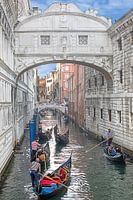 Gondolier in front of the Bridge of Sighs in Venicet.ART
Gondolier in front of the Bridge of Sighs in Venicet.ART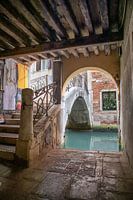 Venice - Ponte de la Colonnet.ART
Venice - Ponte de la Colonnet.ART The Brocken Railway at Brocken Stationt.ART
The Brocken Railway at Brocken Stationt.ART The Brocken Railwayt.ART
The Brocken Railwayt.ART Alpine panorama with Matterhornt.ART
Alpine panorama with Matterhornt.ART Young Galloway bullt.ART
Young Galloway bullt.ART Scottish Highland Cattle (Watercolour Style)t.ART
Scottish Highland Cattle (Watercolour Style)t.ART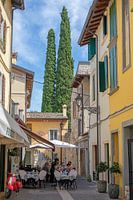 Small town on Lake Gardat.ART
Small town on Lake Gardat.ART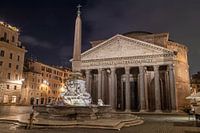 Rome - the Pantheon by nightt.ART
Rome - the Pantheon by nightt.ART The Breithorn seen from the Klein Matterhornt.ART
The Breithorn seen from the Klein Matterhornt.ART

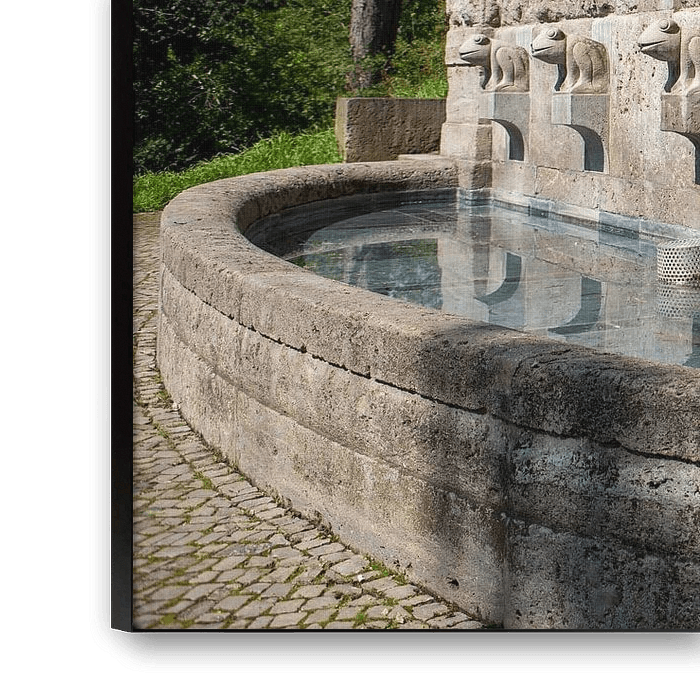
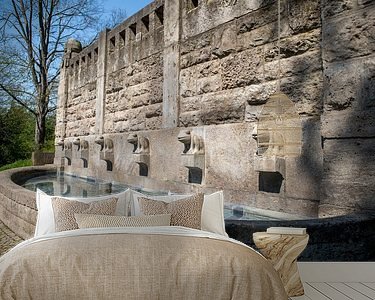
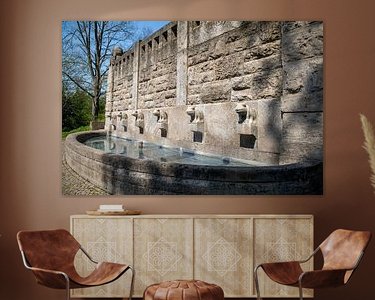

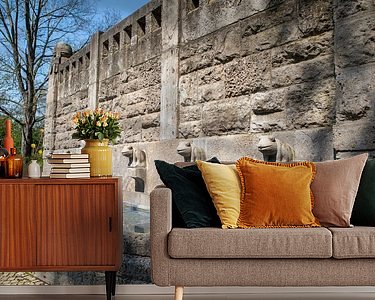
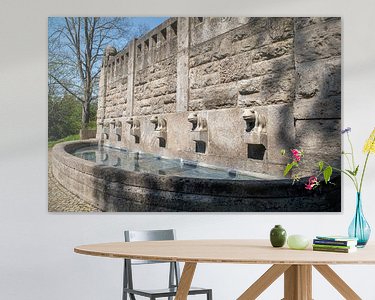
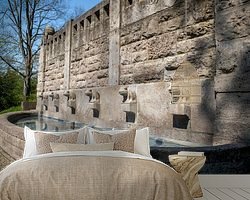
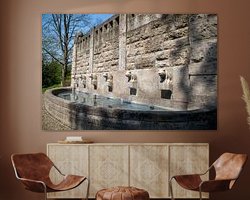

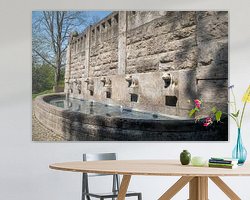
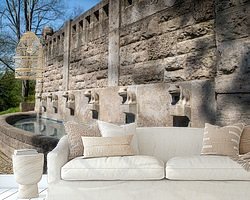
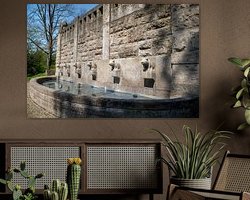
 Hamburg
Hamburg Photo wallpaper
Photo wallpaper Photography
Photography Roman Empire
Roman Empire Saxony
Saxony Serene Peace
Serene Peace Stairs
Stairs Towns
Towns









